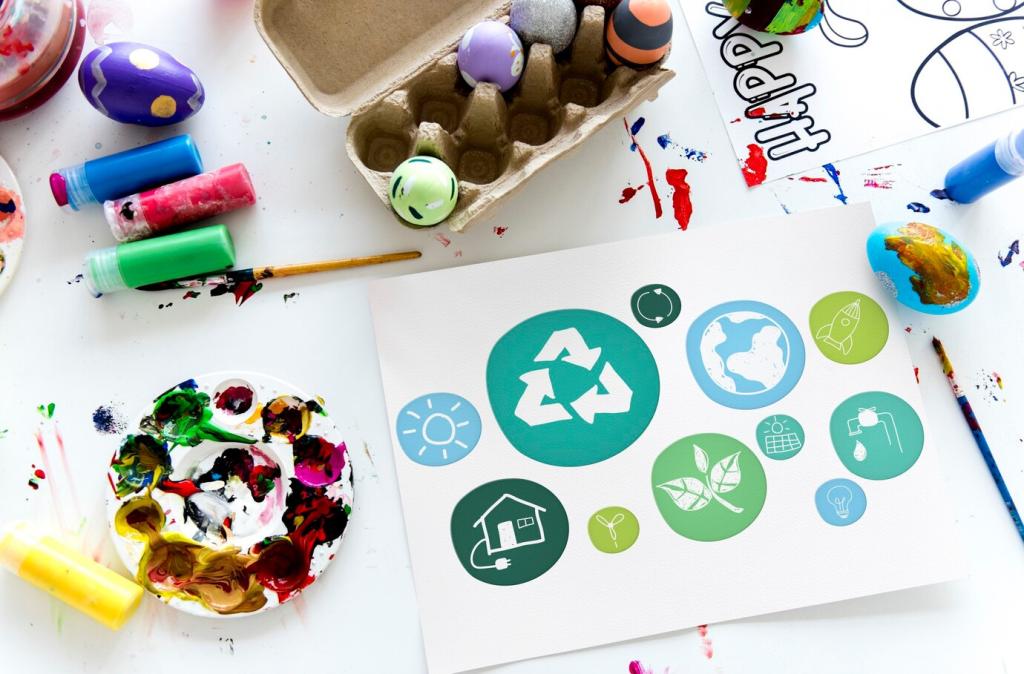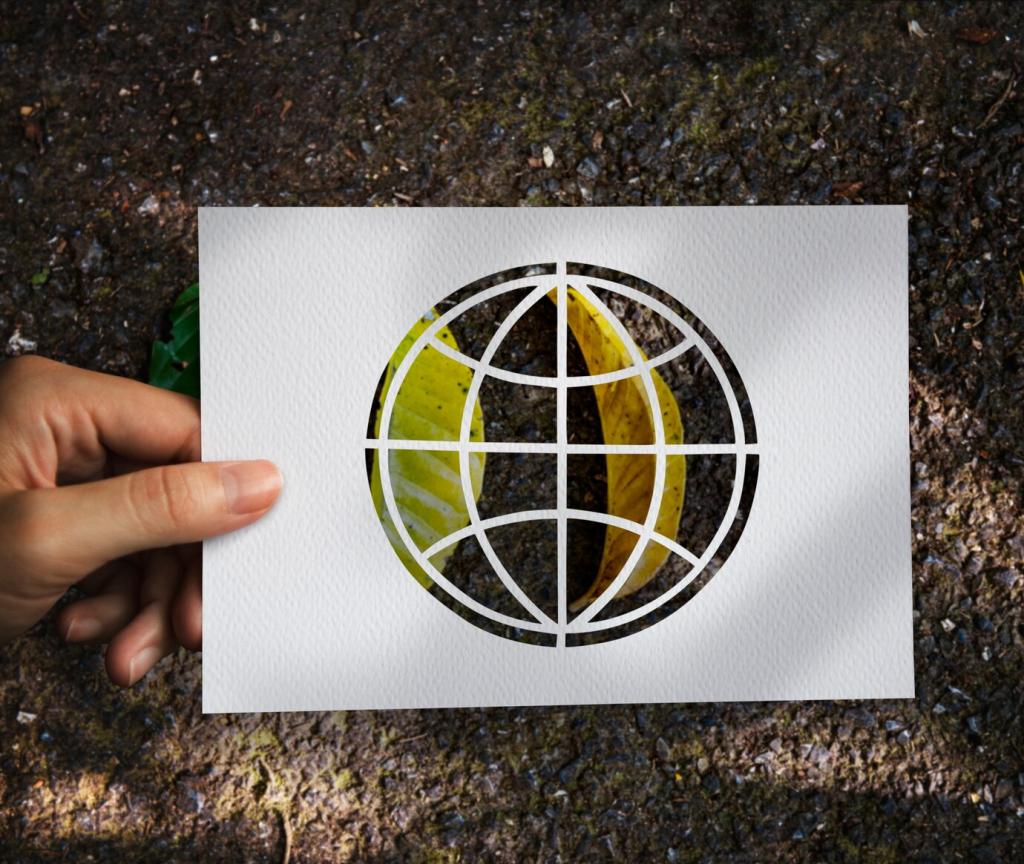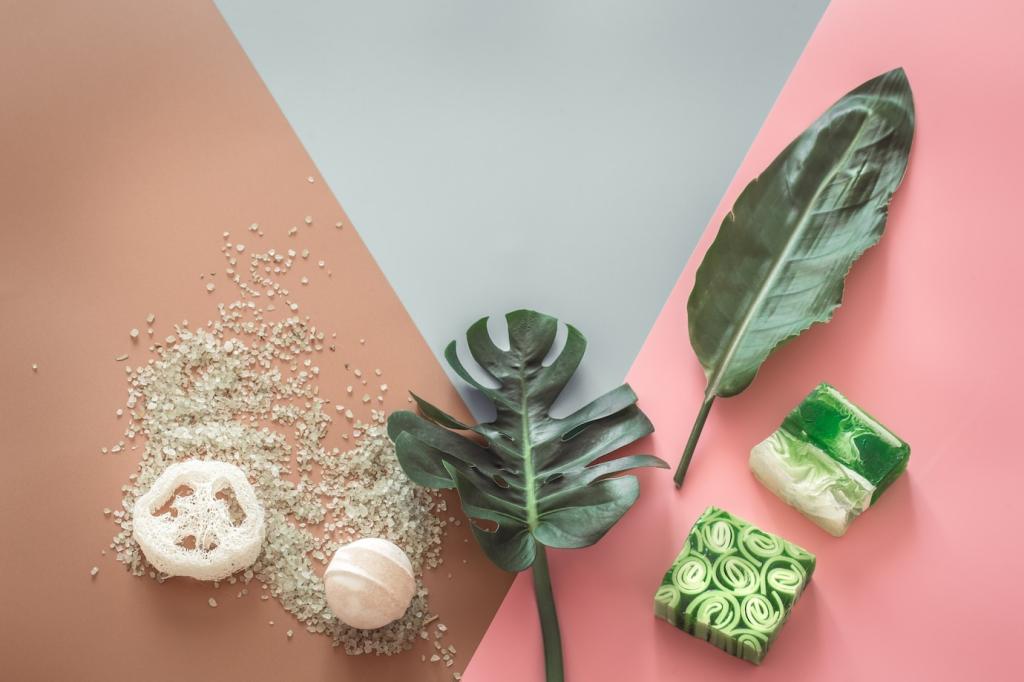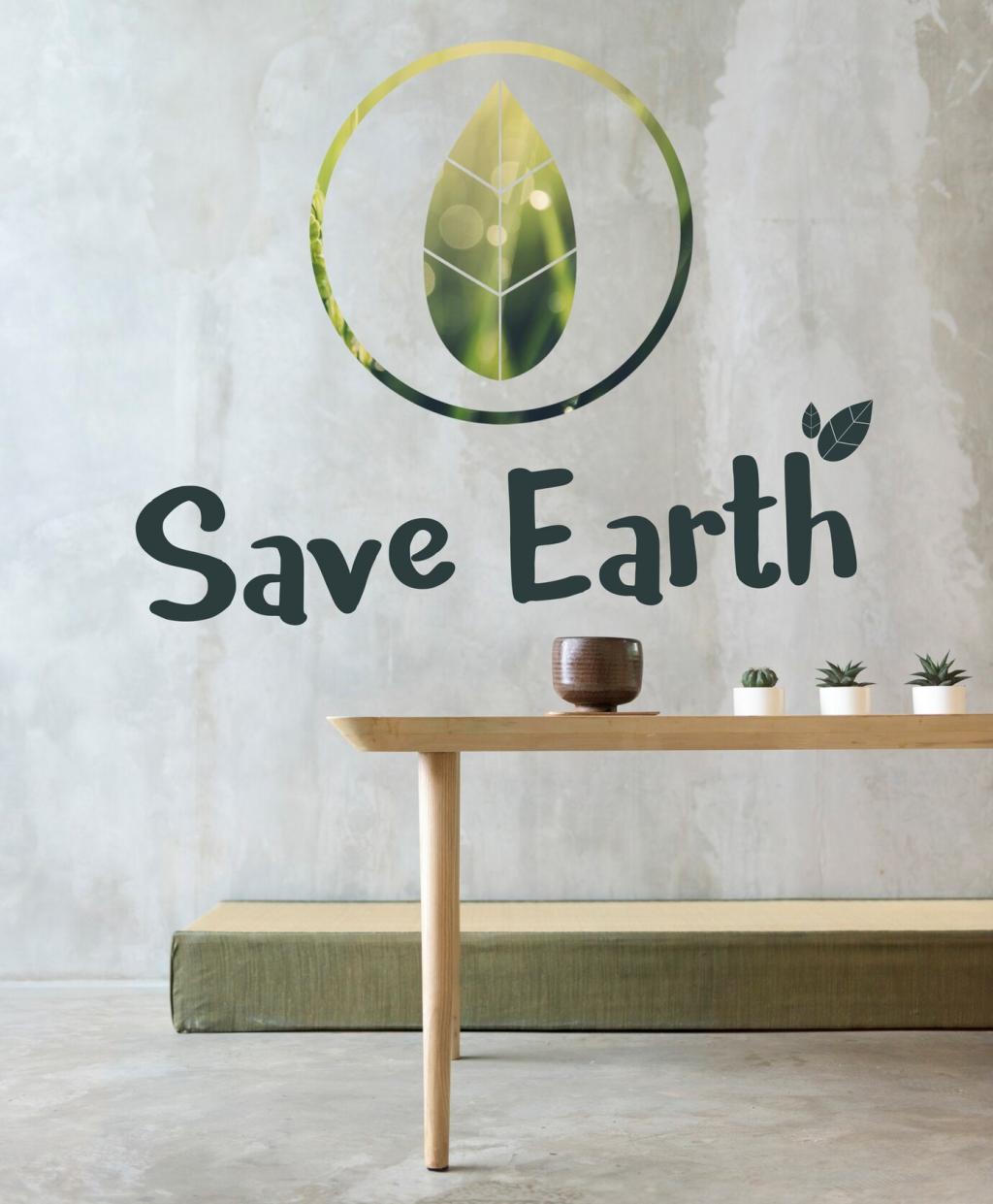Sustainable Home Design: Merging Beauty with Eco-Friendliness
Sustainable home design seamlessly blends aesthetics with environmentally conscious choices, creating spaces that are both visually inspiring and beneficial for the planet. Merging beauty with eco-friendliness means carefully considering materials, energy consumption, and overall impact without compromising on style. Homeowners and architects alike are discovering innovative ways to reduce carbon footprints while crafting homes that are warm, inviting, and undeniably elegant. As interest in green living grows, sustainable home design stands at the forefront, proving that eco-consciousness and exceptional taste can coexist in the modern world.

Previous slide
Next slide
Material Choices that Matter
01
The integration of renewable and recycled materials forms the backbone of sustainable construction. Bamboo, cork, reclaimed wood, and recycled metal or glass are popular choices for those seeking to minimize their environmental footprint. These materials are not only abundant or repurposed but also offer unique textures and expressions that enhance interior and exterior design. Their use tells a story of environmental stewardship while setting a home apart as a thoughtfully curated environment, blending rustic charm and contemporary appeal.
02
Selecting materials produced through low-impact manufacturing processes further elevates a home’s sustainability profile. Such processes consume less energy, generate fewer emissions, and often adhere to stringent environmental standards. By favoring local or regional suppliers, homeowners reduce transportation emissions and support community economies. The resulting spaces carry the subtle beauty of mindful sourcing, emphasizing craftsmanship and the authenticity of each component within the living space.
03
Sustainable homes are distinguished by materials that offer both beauty and lasting durability. Eco-friendly options such as FSC-certified hardwoods or recycled stone not only reduce environmental strain but also stand the test of time. These robust materials minimize the frequency of repairs or replacements, ensuring the home retains its original vision for years. Their enduring nature elevates interiors and exteriors alike, underlining the synergy between resilience and refined design.
Energy Efficiency at the Core
Passive Design Principles
Passive design principles exploit natural environmental factors to regulate indoor temperatures and lighting. Features such as strategically placed windows, thermal mass floors, and well-insulated walls capture, retain, or diffuse heat and light as needed. These subtle yet effective methods allow homes to maintain consistent comfort year-round with minimal reliance on mechanical systems. The interplay of sunlight, shade, and ventilation embodies simplicity and elegance, making energy-efficiency effortlessly integral to the home’s overall beauty.
Smart Energy Systems
Embracing smart energy systems brings sophisticated technology into sustainable homes. Automated lighting, intelligent climate controls, and energy monitoring tools respond to real-time needs, optimizing energy usage without sacrificing comfort or style. Solar panels, battery storage, and energy-efficient appliances complement these systems, enabling homeowners to generate and manage their own clean power. Seamlessly integrated into modern design, these features offer a futuristic appeal while championing eco-friendliness.
High-Performance Insulation
Effective insulation is fundamental for conserving energy and maintaining comfortable interiors. Advances in sustainable insulation materials—such as recycled denim, sheep’s wool, or cellulose—offer excellent thermal performance while minimizing environmental impact. Well-insulated homes retain heat in winter and stay cool in summer, reducing reliance on energy-intensive heating or cooling. The result is a space that feels inviting and secure, framed by invisible yet vital layers of energy-efficient design.

Rainwater Harvesting Systems
Rainwater harvesting collects and stores runoff from roofs and other surfaces, providing a renewable water source for irrigation, cleaning, or even household use with appropriate treatment. These systems reduce demand on municipal water supplies and lower utility bills, especially in regions prone to drought. Their discreet integration into gutters and storage tanks means that sustainability is achieved without disrupting the home’s aesthetics or outdoor charm, blending efficiency with understated function.

Efficient Plumbing Fixtures
Modern plumbing fixtures are designed to deliver optimal performance with minimal water usage. Low-flow toilets, faucets, and showerheads significantly reduce consumption without sacrificing user experience. Advances in design allow these fixtures to complement both traditional and contemporary aesthetics, ensuring that bathroom and kitchen spaces remain beautiful and inviting. Safer, healthier, and more efficient, these innovations make water conservation part of everyday living, supporting both sustainability and comfort.
Sustainable Landscaping Practices
Water-wise landscaping, also known as xeriscaping, introduces native and drought-tolerant plants that thrive with minimal irrigation. By choosing species adapted to local climates, homeowners create gardens that burst with color and life while conserving water and supporting ecosystems. Carefully planned layouts blend artistic inspiration with natural practicality, delivering yards that are as visually striking as they are easy to maintain, reinforcing the harmony between eco-consciousness and refined outdoor living.
Traditional paints and finishes can off-gas volatile organic compounds, undermining air quality and health. Modern sustainable homes feature low-VOC or zero-VOC alternatives, providing vibrant color without harmful emissions. These environmentally responsible products deliver the same spectrum of finishes and tones as conventional options, enabling full creative expression while promoting clean, safe air throughout the interior. The beauty of each surface, from richly colored walls to smooth cabinetry, is matched by a commitment to the wellness of those within.



Green Roofs and Living Walls
Installing green roofs and living walls promotes biodiversity, insulates buildings, and regulates stormwater runoff. These lush installations transform plain surfaces into vibrant ecosystems, attracting pollinators and enhancing thermal performance. Their visual appeal is matched by ecological benefits, supporting urban greening and offering residents beautiful outdoor oases just steps from their doors. The blend of living color and function demonstrates how sustainability can aspire well beyond traditional landscaping.

Eco-Friendly Outdoor Entertaining
Outdoor entertaining spaces can be designed with sustainable materials and practices, enhancing enjoyment while minimizing impact. Recycled composite decking, solar-powered lighting, and water-saving grills or fire pits enable gatherings that align with eco-conscious values. Furniture made from reclaimed or rapidly renewable materials blends comfort with ethic, encouraging mindful socializing in spaces that radiate warmth, hospitality, and a shared commitment to the environment.
